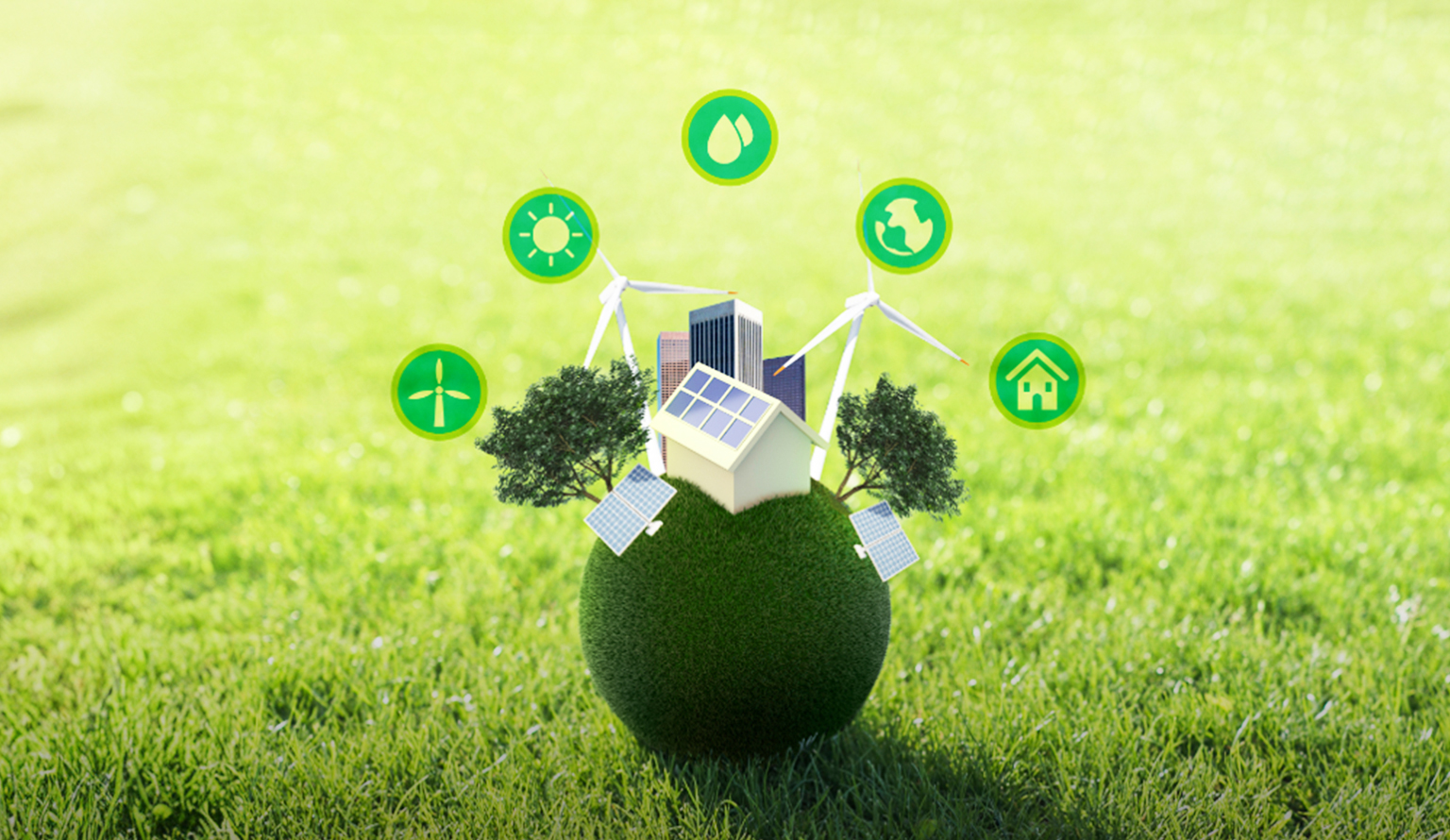India stands at a critical energy crossroads, with renewable energy capacity reaching 220.10 GW by March 2025 as the nation rapidly transforms its power landscape. As one of the world’s most dynamic economies, India is proactively addressing environmental challenges through innovative renewable energy solutions that focus on improving air quality, conserving water, and enhancing climate resilience.
Renewable energy in India, especially solar and wind technologies, enables the reduction of carbon emissions while achieving global sustainability leadership. The decrease in renewable energy costs, along with India’s strategic push for energy independence, is opening new possibilities for large-scale clean energy adoption and domestic innovation. This creates a strong opportunity to build a cleaner, self-reliant energy future powered by locally sourced alternatives.
What is Renewable Energy?
Renewable energy refers to power generated from naturally replenishing sources that harness natural processes like sunlight, wind, water flow, and Earth’s heat to generate clean electricity. These types of renewable energy are essential for sustainable development as they produce minimal greenhouse gas emissions during operation, helping combat climate change while providing energy security. The transition to renewable energy solutions represents a fundamental shift toward a more sustainable energy system that can meet growing global energy demands without depleting natural resources.
6 Types of Renewable Energy and How They Work
Solar Energy: Solar energy harnesses the sun’s radiation through photovoltaic panels that convert sunlight directly into electricity. When sunlight strikes silicon solar cells, it creates an electric current through the photovoltaic effect. Solar power is the fastest-growing renewable technology globally. India offers one of the most promising solutions for the energy transition, with scalable installations ranging from residential rooftops to utility-scale solar farms.
Wind Energy: Wind energy converts moving air into electricity using wind turbines with three aerodynamically designed blades. As wind flows over the curved blades, it creates lift, causing the rotor to spin and drive generators. Wind energy works especially well in coastal areas and open plains. This makes it one of the most cost-effective renewable sources, playing a key role in India’s expanding clean energy portfolio.
Hydro Energy: Tidal energy harnesses predictable ocean tides caused by gravitational forces from the moon and sun. Tidal barrages capture water during high tide and release it through turbines, while tidal stream generators function like underwater wind turbines. Although still emerging among types of renewable energy, tidal power offers exceptional predictability. This makes it a reliable renewable energy solution for coastal regions.
Geothermal Energy: Geothermal energy taps into Earth’s internal heat by drilling wells into underground reservoirs of hot water and steam. Steam is extracted and used to drive turbines, while binary cycle plants use moderately hot water to heat secondary fluids. Geothermal provides constant and reliable power generation. This makes it a valuable baseload renewable energy solution.
Biomass Energy: Biomass energy converts organic materials like agricultural residues and municipal waste into usable energy through combustion, gasification, or anaerobic digestion. Biomass represents one of the most versatile types of renewable energy, capable of producing electricity, heat, and transportation fuels while managing waste streams.
Jakson Group’s Role in India’s Renewable Energy Future
As India works towards its 500 GW renewable energy target by 2030, Jakson Group is contributing through strategic projects and clean energy initiatives. With over 77 years of expertise, Jakson has evolved into a comprehensive renewable energy solutions provider through solar manufacturing, EPC services, and green hydrogen production. Jakson Green is currently managing 7 GWp of renewable EPC projects and developing 1.5 GWp of renewable IPP assets, contributing meaningfully to the growth of next-generation clean energy in India
Driving the Transition to Sustainable Power
These six types of renewable energy represent a pathway to a sustainable future. As renewable energy in India continues its remarkable growth, these technologies offer diverse solutions for different conditions. The transition to renewable energy solutions is both an environmental necessity and an economic opportunity, offering the potential for energy independence and technological leadership.
The question isn’t if renewable energy will lead, it’s how fast we can drive this urgent shift.


